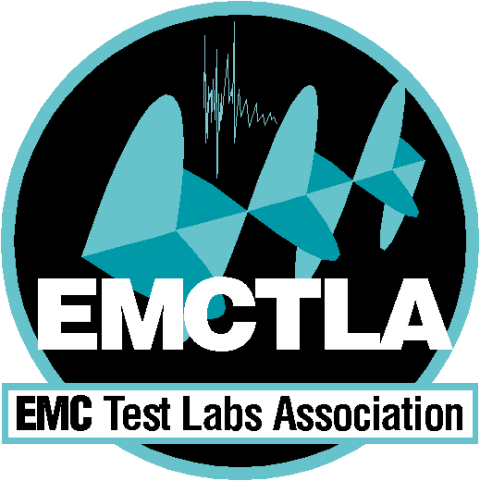Introduction to EMC Design (2 Days)
This two-day course provides a general introduction to aspects of design associated with product EMC, helping you to adopt good EMC design principles in your workplace.
Equipment designed without any consideration of EMC is far more likely to fail compliance tests, adding expensive and time delays to the product design cycle. Having a solid understanding of EMC and its importance during product design can help you avoid these costly mistakes and can make the process much smoother and reduce the risk to you and your business.
Our Introduction to EMC Design course is the ideal opportunity for you to experience real-world applications, examples and case studies that will give you the tools needed to include EMC considerations in your designs.
Next Course date
If you would like more information about this course or to enquire about dates please call 0330 430 3456 or email EEinfouk@cpt.eurofinseu.com quoting course code T008.
What is it about?
Introduction to EMC
Covering a broad introduction to EMC – why we are concerned with compatibility, what electromagnetism is, and how various coupling paths are established.
Looking at the EM Environment, and sources of interference, this session will provide a background to the rest of the course and ensure everyone sets off on the same level
Decibels
A reminder on how decibels and the units of EMC are used, including looking at the differences in measurement units, system loss and gain, and calculation of various relevant parameters
EM Waves and Radiation Mechanisms
Covering the detail of how electromagnetism works, including the generation of an EM wave, elemental dipoles and how radiation mechanisms operate. This session will also cover the challenges of making measurements and calculations in the near field, as well as looking at the mathematics of the radiation process
Antennas and the EUT
This session looks at how antennas work, how to think about both intentional transmitters (for measurement and for communications) and unintentional transmitters operate, and how to look at both send and receive aspects of these antennas. The Equipment under Test is also covered, with some outline conversation about the realities of a real piece of equipment.
EMC Directive for EU and UK
This session looks at the legislation, requirements and other documentation based aspects of EMC. We cover typical standards, the types of testing to be carried out, and the documentation requirements. We also look at the UKCA marking scheme and how this applies when placing finished products on the market.
Overview of EMC Design and Principles
This session starts the second day by looking at the real-world application of the maths and physics discussed in previous sessions. Rules of thumb for reduction of generation and spread of electromagnetic noise within a product. Product level noise types and propagation mechanisms are also discussed.
Conducted Interference
Specific sources of interference are looked at, including pickup, direct and indirect connections and an overview of conducted interference. Components are investigated with their impact on noise discussed along with various methods of reducing conducted interference.
Crosstalk
Covering transmission lines and crosstalk, this session looks at the unintentional coupling of signals between adjacent transmission lines. Demos and practical examples are shown to help understand the issues and the mitigation techniques that can be employed. Coupling mechanisms between cables are covered in this session as well.
Shielding and Enclosures
A review of the shielding performance of enclosures, covering materials, apertures and sealing mechanisms, along with low and high-frequency considerations. Practical demonstrations and discussion points will be used to elaborate on and explain this topic.
Who is it aimed at?
Design engineers, product designers, people responsible for contract manufacturing, compliance engineers
What will I achieve?
Understanding of the physics behind EMC
Rules of thumb for EMC Design (and understanding where they’ve come from)
Understanding the various processes that result in interference
Pragmatic approach to solving EMC issues
Skills that can reduce business risk and testing costs












 During the holiday period, our E&E UK offices and laboratories will only be open on selected days. If you have any questions, please contact the appropriate team who will be pleased to help.
During the holiday period, our E&E UK offices and laboratories will only be open on selected days. If you have any questions, please contact the appropriate team who will be pleased to help.
